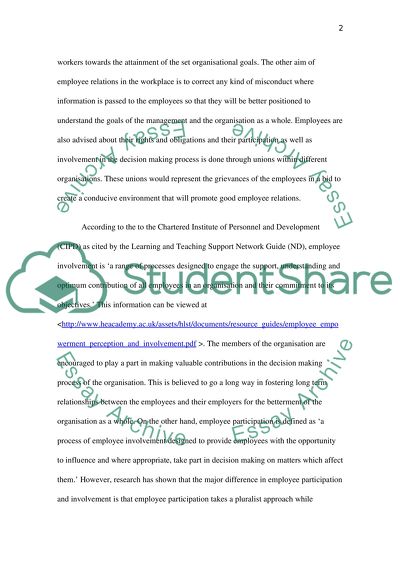Cite this document
(“HRM - Industrial relationship Essay Example | Topics and Well Written Essays - 3000 words”, n.d.)
Retrieved from https://studentshare.org/environmental-studies/1416200-hrm-industrial-relationship
Retrieved from https://studentshare.org/environmental-studies/1416200-hrm-industrial-relationship
(HRM - Industrial Relationship Essay Example | Topics and Well Written Essays - 3000 Words)
https://studentshare.org/environmental-studies/1416200-hrm-industrial-relationship.
https://studentshare.org/environmental-studies/1416200-hrm-industrial-relationship.
“HRM - Industrial Relationship Essay Example | Topics and Well Written Essays - 3000 Words”, n.d. https://studentshare.org/environmental-studies/1416200-hrm-industrial-relationship.


